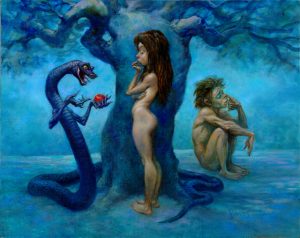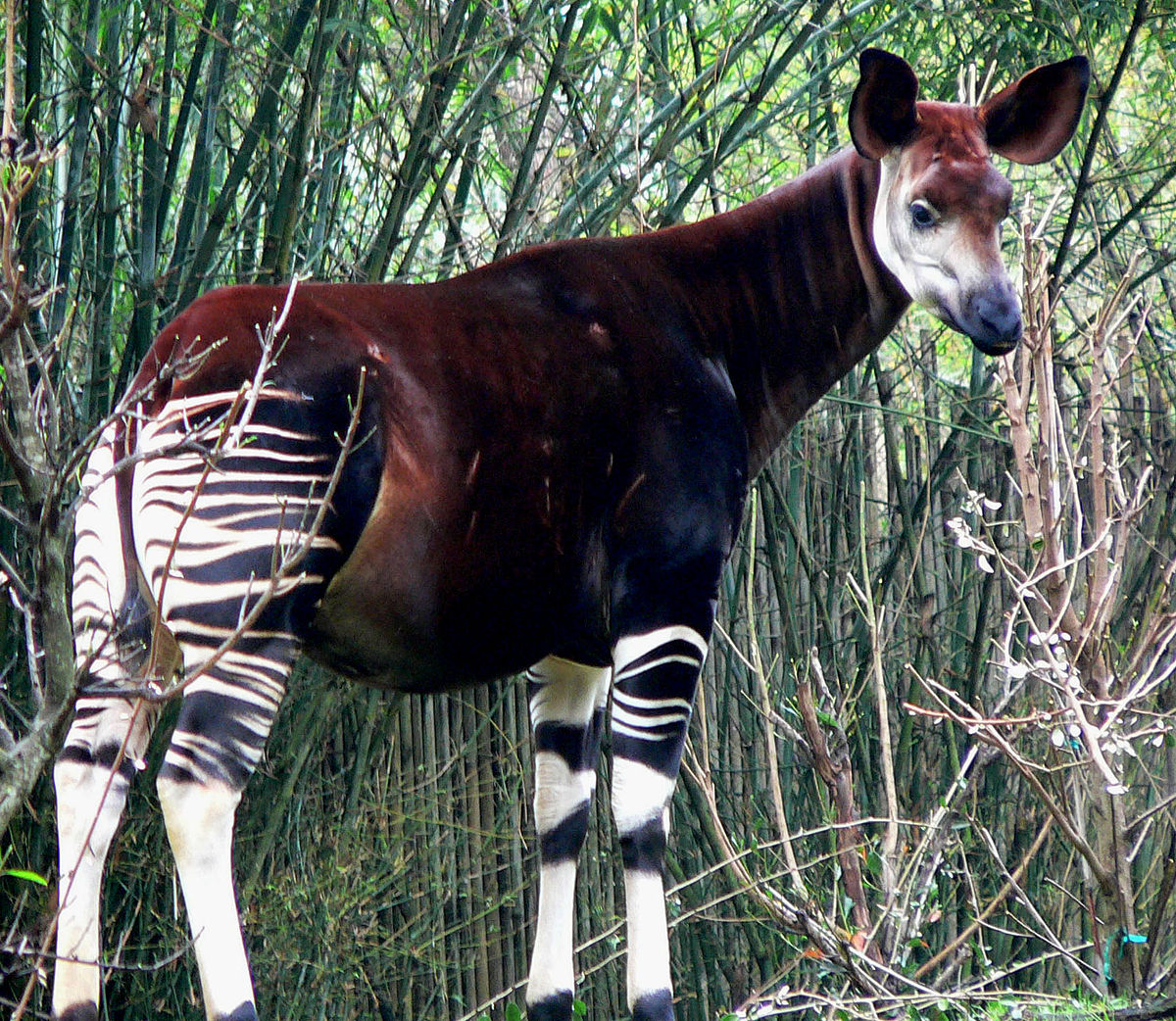My kids just informed me that they have seen an okapi evolving, or transitioning into a zebra…

Okapi’s stripes appear to be no doubt the same as zebra’s…

Well, at least we have one example of species transitioning into another…out of 10 billion and this one looks like a stunner….
I have to run!
I’ll fill in the rest when I get back…
Update!
It turns out that okapi is considered to be more closely related to giraffe than to zebra…if at all…That is surprising…because okapi and zebra do look alike just okapi is missing some stripes…No wonder my kids fell for it…as did some experts…
“…The okapi and the giraffe were assigned to the same order (Artiodactyla) because they both have cloven hooves, and to the same family (Giraffidae) because they share certain distinctive features: Both have large eyes and ears, thin lips and a long, extensible tongue that allows them to lick their entire face (even the ears); their backs slope upward from rump to withers; they also share the same dental formula: ( i 0/3, c 0/1, pm 3/3, m 3/3) × 3 = 32. Both, unlike any other mammal, have molars with rugose enamel and bony horns that remain covered with skin throughout life (Nowak 1999, vol. 2, p. 1085).
Yet the rump and legs of an okapi are covered with black-and-white stripes exactly like those of a zebra. Perhaps, then, if okapis had solid hooves instead of cloven ones, they would be classified as perissodactyls (Order Perissodactyla) and would be considered more closely related to zebras than to giraffes. An okapi is about the same size as a Burchell’s zebra.
The chromosome count of an okapi is also like that of a zebra, to which it is not supposed to be related, and unlike that of a giraffe. Giraffes have 30 chromosomes (Taylor et al. 1967; Hösli and Lang 1970; Koulisher et al. 1971), whereas okapis have a variable chromosome number of 44-46, depending on the animal in question; most seem to have 2n = 45 (Ulbrich and Schmitt 1969; Hösli and Lang 1970; Koulisher 1978). The chromosome number of Grevy’s zebra is 2n = 46 and plains zebras have 2n = 44 (Benirschke and Malouf 1967). Variation in chromosome count is itself unusual among mammals, but common in hybrids…”
The 14-16 chromosome difference between giraffe and okapi is striking isn’t it?



